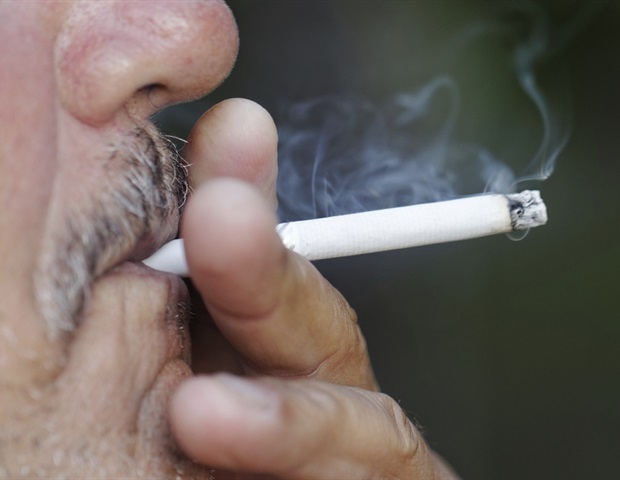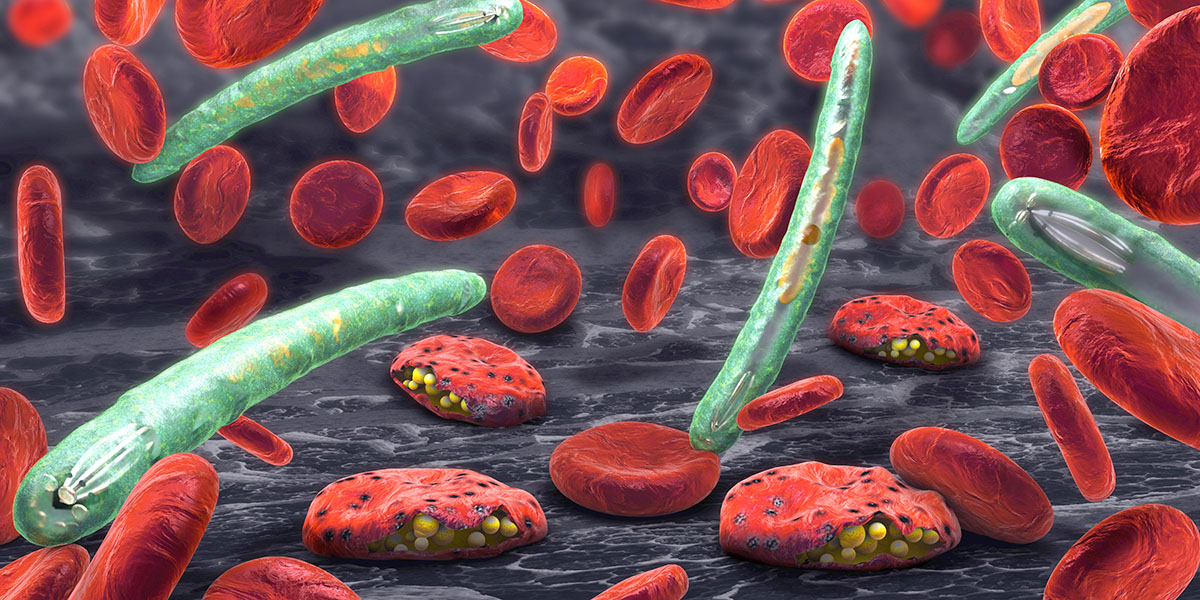Traitors heritage: Five favourite moments from past seriespublished at 19:58 BST
Hannah Karpel
Live reporter
 Image source, BBC/Studio Lambert
Image source, BBC/Studio LambertSeason 2’s Diane, who was murdered by drinking the poisoned chalice by…

Hannah Karpel
Live reporter
 Image source, BBC/Studio Lambert
Image source, BBC/Studio LambertSeason 2’s Diane, who was murdered by drinking the poisoned chalice by…

Three newly published studies in JACC Journals examine key aspects of heart failure (HF): a multi-level polypill strategy for patients with HF with reduced ejection fraction (HFrEF); the impact of HF with preserved ejection fraction (HFpEF) on…

Bladder cancer is one of the most common cancers worldwide. Men are around four times more likely to develop it than women, and smoking is the main known environmental risk factor. However, the biological mechanisms behind these…

The malaria parasite Plasmodium vivax can persist in a dormant state, causing relapsed infections and ongoing transmission. To detect possible dormant infections, clinicians use a diagnostic test containing parasite proteins, such as…
The report from Monash University’s Climateworks reveals that Gladstone could unlock these opportunities by switching to cleaner heat sources while using flexible energy demand management. Together, these shifts could make industry cleaner, cheaper to run and more reliable, without compromising productivity.
Dr Calvin Lee, report lead author and Climateworks Centre Senior Project Manager said the findings highlight the crucial role Australia’s biggest industrial emitters have to play.
‘Managing when we use energy to produce heat in Australia’s high-emitting industrial heartlands is key to cutting emissions, power prices and strengthening the grid,’ said Dr Lee.
REPORT KEY FINDINGS INCLUDE:
‘Right now Australia’s biggest lever in an energy emergency is increasing supply and turning on expensive coal and gas. Demand management – allowing industries to shift power use up and down like a giant battery – would add another much-needed emergency tool to the nation’s toolbelt. It’s the missing flexibility piece that can help secure the wider grid.’
Alex Veale, Systems Lead – Industry at Climateworks Centre said that the solutions are ready and industries want to get moving, but government support is the crucial next step.
‘Funding at both state and federal levels can help kickstart the shift by sharing some of the financial risks.’
‘We’ve seen this before. A decade ago government support jump-started large-scale solar. Today it attracts around $4 billion in private investment yearly and is one of Australia’s fastest-growing energy sources.’
‘The benefits and opportunities go well beyond Gladstone,’ added Mr Veale.
‘Industrial regions across the country can save a tonne of money, future-proof themselves and the communities they support, while also delivering benefits to the broader grid and Australian consumers.’
‘This is massive when you consider that just five industrial regions – Gladstone, Illawarra, Hunter, Kwinana and the Pilbara – account for one-eighth of Australia’s emissions, support close to half a million jobs and contribute $166 billion to GDP,’ he said.
Access the report
Media enquiries

Using a “circular” business model to replace aging MRI scanners — that is, upgrading an existing device rather than buying a new one — offers many benefits to hospitals, patients, and the planet, according to a study published October 7 in the…

Unlock the Editor’s Digest for free
Roula Khalaf, Editor of the FT, selects her favourite stories in this weekly newsletter.
French President Emmanuel Macron could appoint a new prime minister in the next 48 hours, the country’s outgoing…


According to a study by researchers at the Universitat Oberta de Catalunya (UOC), time-restricted feeding can have a positive impact on athletes in terms of both their health and performance. The effects of time-restricted eating…

What would Dolly do? Take it upon herself to address recent concerns over her health.
Beloved country music star and pop culture icon Dolly Parton opened up about her health on Wednesday, reassuring fans in a video shared to social media that…